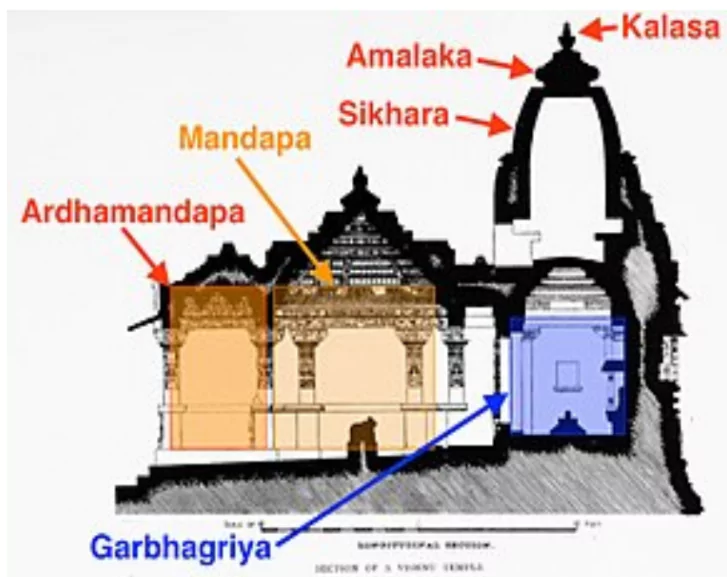![]() April 17, 2024
April 17, 2024
![]() 9169
9169
![]() 0
0
Temple architecture encompasses a diverse range of religious structures dedicated to worship across various cultures and civilizations, showcasing unique design elements, symbolism, and spiritual significance.
Notable Temples
|

|
Must Read |
|
| Current Affairs | Editorial Analysis |
| Upsc Notes | Upsc Blogs |
| NCERT Notes | Free Main Answer Writing |
<div class="new-fform">
</div>
Latest Comments